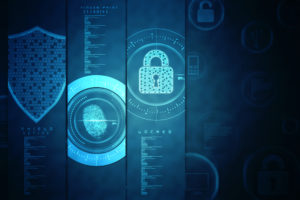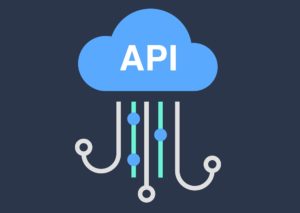
(deepadesigns/Shutterstock)
Cloud computing and AI technologies have revolutionized how businesses operate. Both technologies provide higher levels of flexibility and scalability. Cloud-based infrastructures allow organizations to innovate faster. AI enables advanced data analysis and automation.
But both technologies also introduce significant risk.
A lot of this risk is due to the more data reliance at the network’s edge – and increased dependency on the application programming interfaces, or APIs, needed to make these technologies work. APIs serve as the connective tissue of our modern digital ecosystems.
While essential, APIs are potential gateways for cyber threats if they are not secure. API-related cyber incidents have become one of the top cybersecurity threats in 2024. Recent research also projects that API attacks will jump nearly 1,000% by 2030. A single API vulnerability can cause serious consequences.
Take the 2023 MGM Resorts cyberattack: attackers exploited a weakness in an API. They gained unauthorized access to critical systems and sensitive customer data. The breach caused a temporary shutdown of MGM’s hotel reservation system. It also resulted in financial losses estimated at over $100 million. This includes the cost to remediate the damage, and the revenue lost during the downtime.
APIs are not going anywhere. To maintain customer trust, companies must take a proactive approach to safeguard data. Failing to do so could lead to data breaches, financial loss, and reputational damage. These security measures go beyond a technical concern – they are a business imperative.
Move Beyond Traditional Security Measures
Here is the challenge many businesses face. API-related threats skirt most companies’ security capabilities. Traditional security measures like firewalls and antivirus software perform best in controlled and predictable environments. They struggle to keep pace with modern IT infrastructure – and this mismatch creates significant risks.
Think about a data journey like water traveling through a pipe. Like water, data is constantly flowing. Traditional security measures protect “the pipe” – or the channels where data exchange happens. Companies put in place authentications and authorization to protect sensitive endpoints.
This is a passive approach to security. It relies on the strength of the pipe to prevent leaks. With the pace of technological innovation, this approach is inadequate. We need a mindset shift to focus on protecting the water – data – as well as the pipes. Data must be secure at its source, but also when it flows through various networks of interconnected systems.
To safeguard data, organizations must secure it from the start. This includes implementing encryption, tokenization, and applying strict access controls. These measures make companies’ data less vulnerable to threats.
Imagine you are at a restaurant. Instead of using your real name for a reservation, you use an alias. This is something completely unrelated to your real identity. If someone overhears your reservation details or if the system is compromised, your real identity stays safe and hidden.
This approach keeps the data incomprehensible to unauthorized users, even if an API or endpoint is compromised. To ensure ongoing protection, regular monitoring and security protocols are also needed.
Evolving Threats Need Evolving Security Standards
Industry best practices and security frameworks also help organizations protect their digital assets. This includes zero trust and the NIST Cybersecurity Framework. They offer a comprehensive approach to managing risks in a complex digital environment.
These are dynamic frameworks. They evolve to incorporate lessons learned and address emerging threats. It is critical to stay current with these evolving standards. They enable organizations to better address new threats as technology advances.
The increasing relevance of quantum computing presents both opportunities and challenges. Existing encryption algorithms only have about five to 10 years before quantum computers will be able to break them.
Earlier this year, NIST announced the first-ever post-quantum cryptographic standards. This is a big leap forward in the fight against future quantum computer attacks. By following evolving guidelines, organizations can better prepare for these future threats.
Looking Ahead
We must act now to safeguard data. After all, it’s each organization’s most valuable asset. It is important to adopt proactive security measures to address current and future vulnerabilities.
As technologies like quantum computing mature, it is critical to advance our protections. One way to get there is through advanced encryption and rigorous security frameworks that focus on data as well as the infrastructure it flows through.
The next wave of threats is coming. It is time to strengthen defense measures and ensure data integrity at every stage of its journey.
About the author: Jefferson Dance brings over 15 years of leadership experience to Eclypses as Chief Innovation Officer. Prior to joiningEclypses, he had experience as a global security architect, professional, executive, transformational leader, innovator, enterprise security architect, security strategist, change agent, and educator. Jefferson is a seasoned leader and consultant with strong experience leading the security and transformation of organizations to a model of Security as a Platform to help them achieve or exceed their missions.
Officer. Prior to joiningEclypses, he had experience as a global security architect, professional, executive, transformational leader, innovator, enterprise security architect, security strategist, change agent, and educator. Jefferson is a seasoned leader and consultant with strong experience leading the security and transformation of organizations to a model of Security as a Platform to help them achieve or exceed their missions.
Related Items:
Weighing Your Data Security Options for GenAI
The Biggest Security Announcements from AWS re:Invent 2024
CSA Report Reveals AI’s Potential for Enhancing Offensive Security




